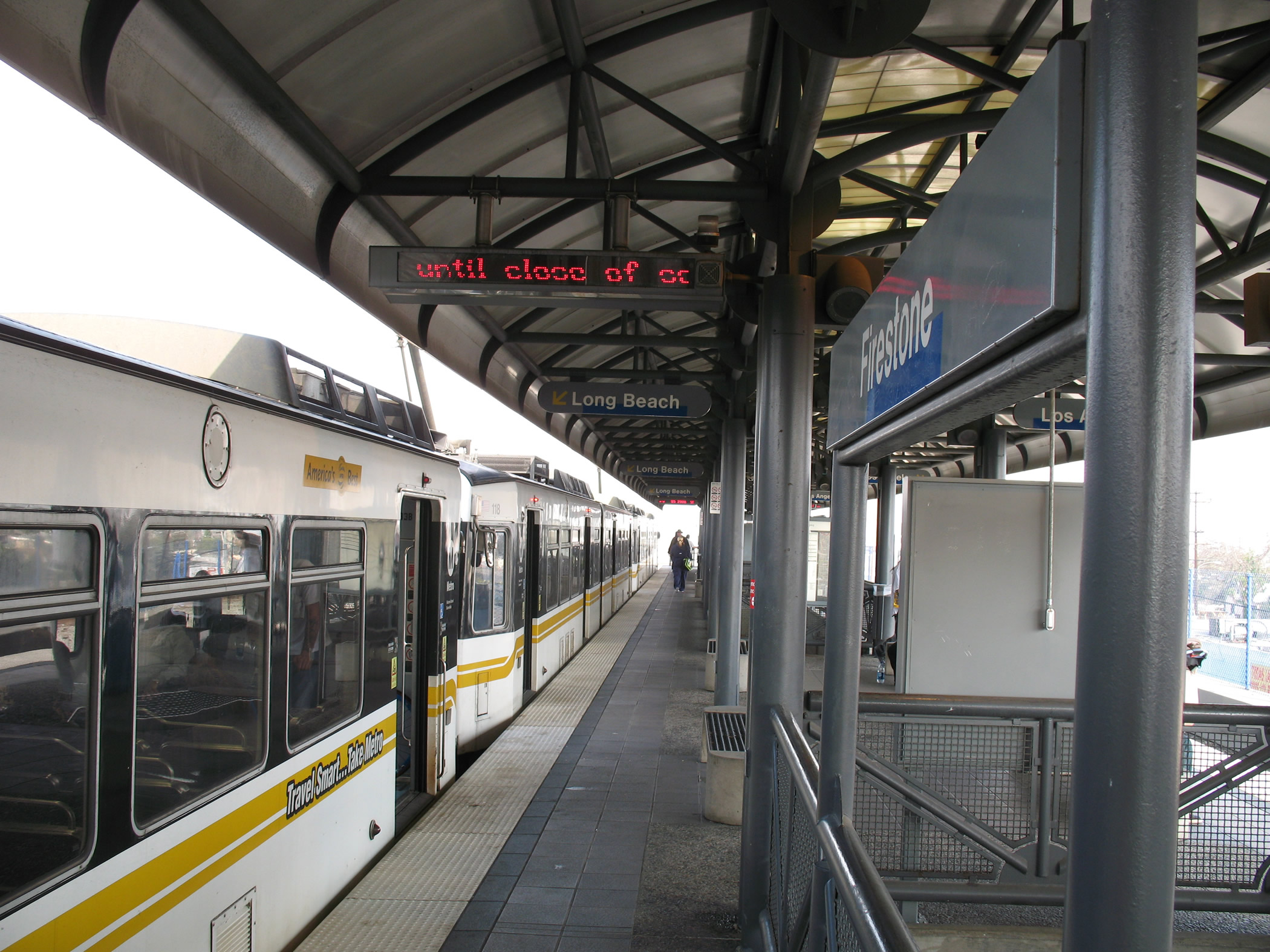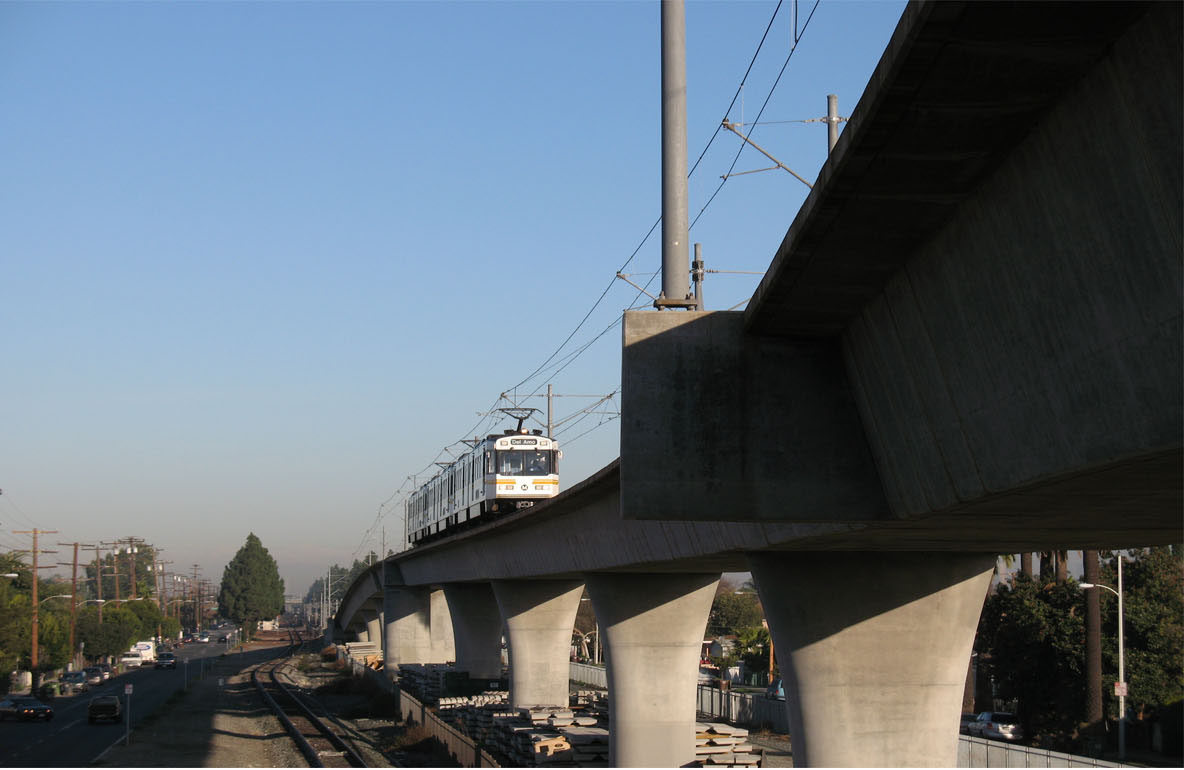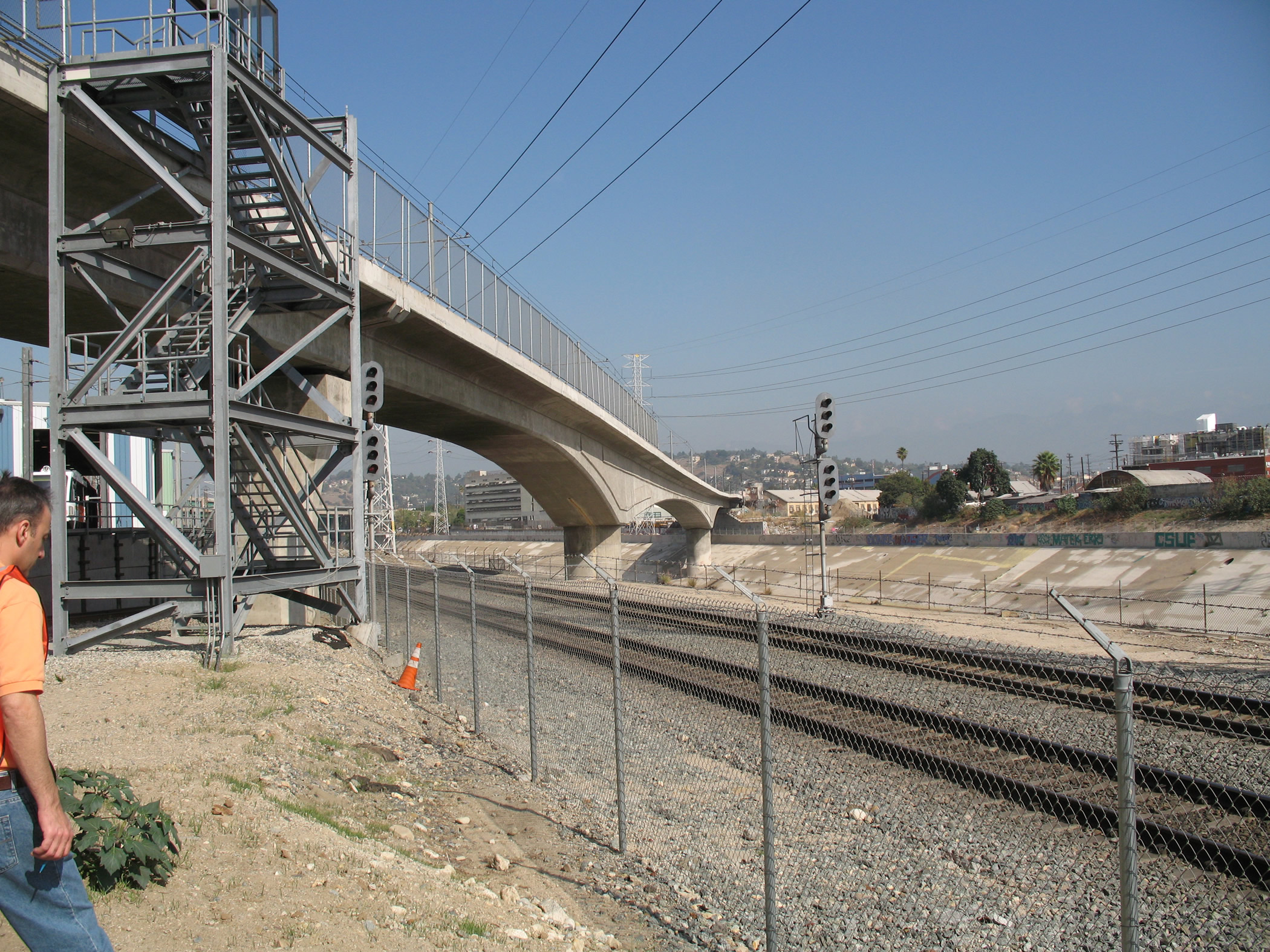Client: Los Angeles County Metropolitan Transportation Authority (LACMTA)
Cost: $800,000
Start Date: 2014
Completion Date: 2016
AVA’s Role
AVA has just completed the structural inspections of Metro’s underground stations and tunnels, as well as its elevated track structures and stations. This structural inspection builds on the earlier inspections performed by AVA in 2007/2008.
Description
AVA has just completed the structural inspections of Metro’s underground stations and tunnels, as well as its elevated track structures and stations. This structural inspection builds on the earlier inspections performed by AVA in 2007/2008. The inspections were performed in accordance with FHA & FHWA inspection manuals to accepted rail industry guidelines. The inspection identified defects, severity, and prioritizes the repairs needed. The priority was based on the existing condition, deterioration since the previous inspection, effectiveness of previous repairs, and potential impact of the defects on safety and durability of the structures. With FTA’s focus on getting Agencies to maintain their assets in a State of Good Repair (SGR), the inspection supported Metro’s condition assessment database. AVA was also tasked with identifying some of the worst defects and recommending repairs. AVA reached out to repair contractors and repair materials suppliers to find experienced contractors, available repair technologies, and appropriate materials for Metro’s seismic, tar and gassy environment. AVA prepared recommendations on the repairs, and a rough order of magnitude cost estimate for these repairs to form cost and schedule for Metro to maintain their underground and elevated rail facilities in a state of good repair.
AVA’s challenge was performing the structural inspections in an operating railway environment, where the work windows are constrained and where there is competition for the limited access. The work was coordinated with Metro’s maintenance group, along with other contractors, and could invariably only be performed during non- revenue service hours.



